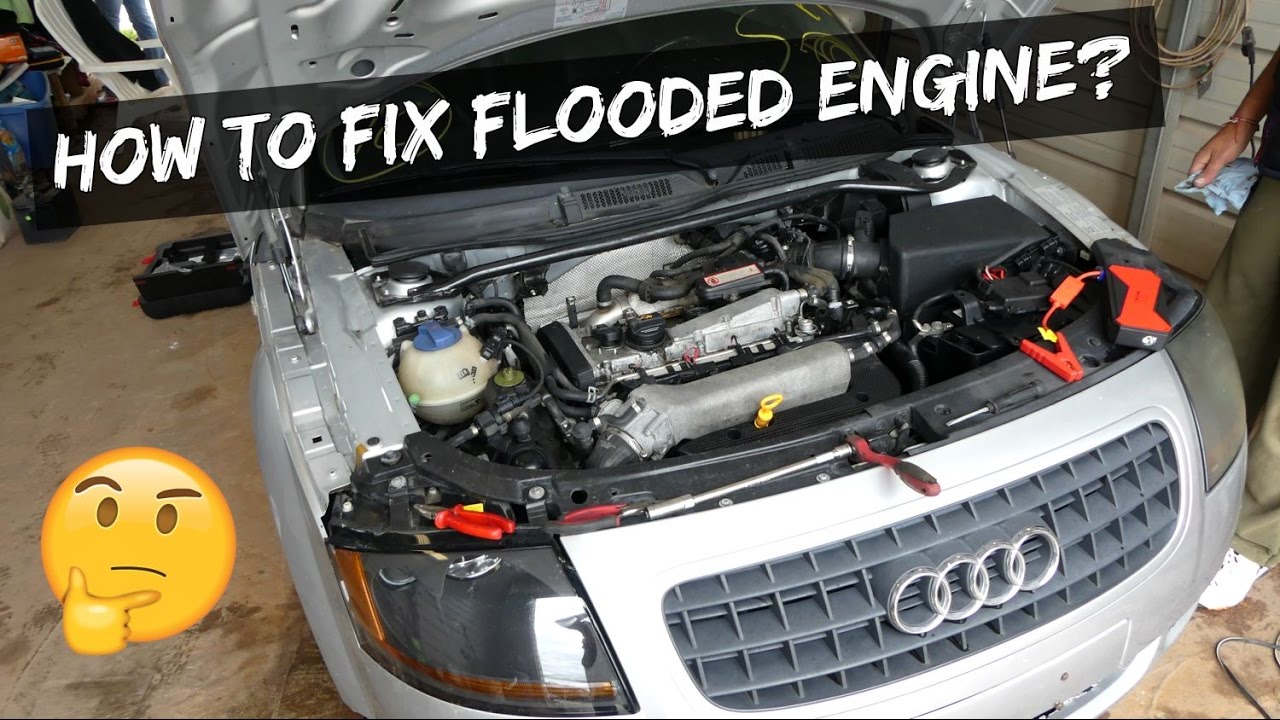How to Repair Flooded Car Engine
Introduction
A flooded car engine occurs when too much fuel enters the cylinders, causing the engine to stall. This can happen for a variety of reasons, such as a faulty fuel injector, a clogged air filter, or a problem with the ignition system. If your car engine is flooded, it’s important to take steps to repair it as soon as possible to avoid further damage.
Safety First
Before you begin any work on your car, it’s important to take some basic safety precautions. This includes:
- Parking your car on a level surface
- Setting the parking brake
- Disconnecting the battery
- Wearing gloves and safety glasses
Step-by-Step Instructions
Once you’ve taken the necessary safety precautions, you can begin repairing your flooded car engine. Here’s a step-by-step guide:
1. Remove the spark plugs
The first step is to remove the spark plugs. This will allow the excess fuel to escape from the cylinders. To remove the spark plugs, use a spark plug wrench to unscrew them from the engine. Be careful not to drop the spark plugs into the engine, as this could cause damage.
2. Crank the engine
With the spark plugs removed, crank the engine for several seconds. This will help to clear the excess fuel from the cylinders. Be sure to hold the accelerator pedal down while you’re cranking the engine, as this will help to draw air into the cylinders.
3. Replace the spark plugs
Once the excess fuel has been cleared from the cylinders, you can replace the spark plugs. Be sure to tighten the spark plugs securely, but don’t overtighten them, as this could damage the threads.
4. Reconnect the battery
Once the spark plugs have been replaced, you can reconnect the battery. Be sure to connect the positive terminal first, followed by the negative terminal.
5. Start the engine
Once the battery has been reconnected, you can start the engine. If the engine starts, let it run for a few minutes to allow the fuel system to stabilize. If the engine doesn’t start, repeat steps 1-4.
Conclusion
If you follow these steps, you should be able to repair a flooded car engine. However, if you’re not comfortable working on your car, it’s best to take it to a mechanic to have it repaired.
Here are some additional tips for preventing a flooded car engine:
- Don’t overfill the fuel tank
- Keep the air filter clean
- Have the ignition system checked regularly
- Avoid starting the car in cold weather without letting it warm up first
- If your car does flood, don’t try to start it immediately. Wait a few minutes for the excess fuel to evaporate





